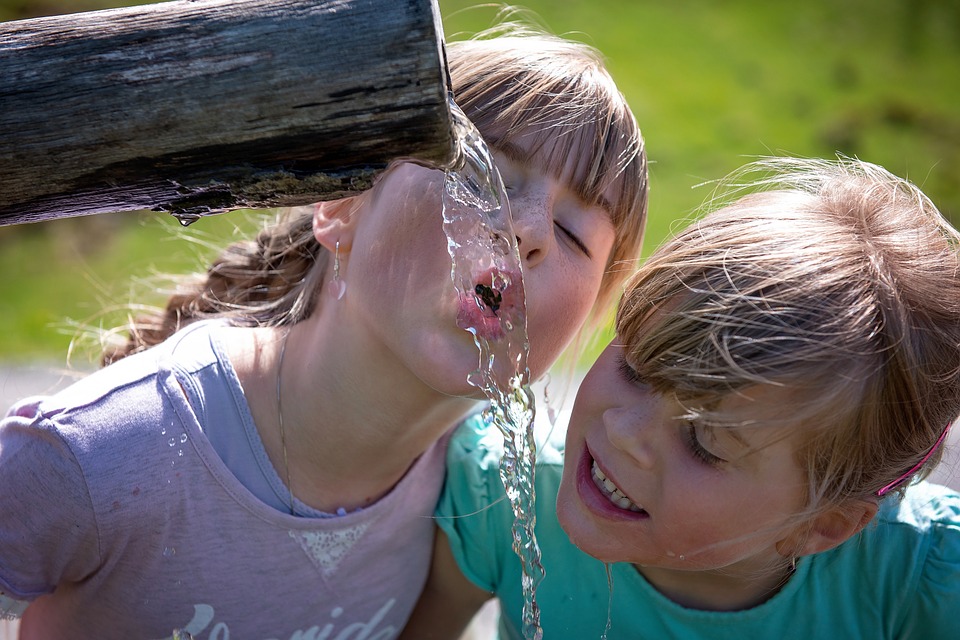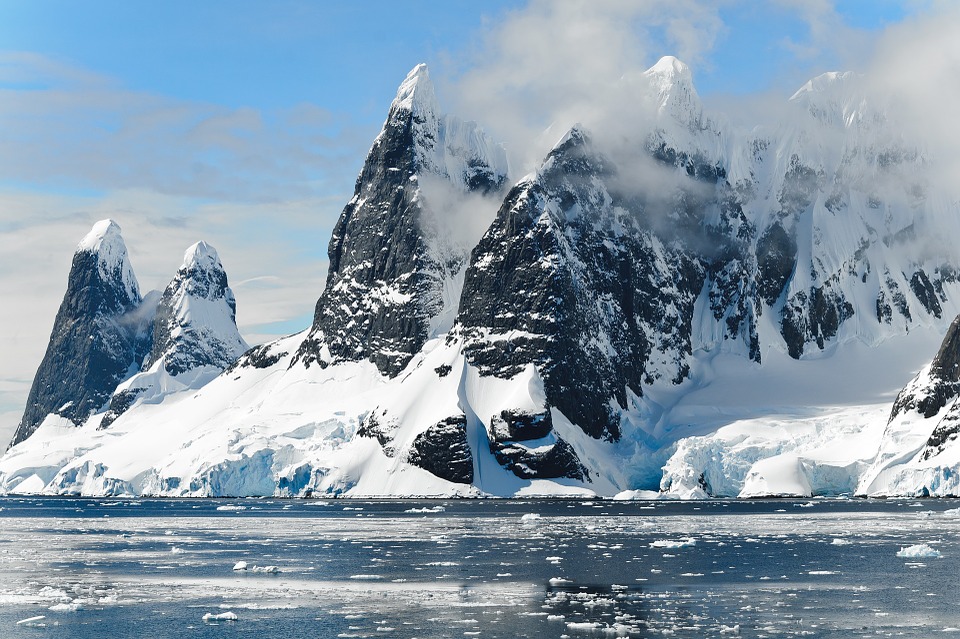NEW YORK - As far as the environment is concerned, there are a number of factors that people should be worrying about these days, from climate change to micro-plastics to poisons infiltrating the very air we breathe, in addition to a whole host of other vile maladies that can be harmful to our collective health. But with all of that to choose from, a recent study has shown that one issue rises above all else in the minds of most Americans when it comes to their personal environmental concerns - their drinking water.

According to the latest Gallup poll, most US citizens are concerned about water pollution and having access to clean drinking water. The poll also showed that climate change is of importance to many residents, however when it comes down to it, people want to be sure that the water they're putting into their bodies is free of any and all contaminants and not a danger to their health and well-being.
The poll broke the United States down into four regions – Northeast, West, South, and Midwest – and in each of those regions residents were asked for their opinions on various issues affecting the environment, including global warming, tropical deforestation, air pollution, species extinction, fresh water pollution, and drinking water pollution. The poll noted that overall environmental concerns varied from region to region, but what all of the areas polled held in common was a prevailing concern regarding the quality of drinking water, with over 80 percent of each region feeling very strongly about the matter.
Honestly, the results of the poll are unsurprising. In recent years the media has reported numerous instances involving the contamination of drinking water in various areas of the United States, including the tragedy that took place in Flint, Michigan, as well as rampant algae blooms appearing in bodies of water nationwide, coal ash contamination following Hurricane Florence, as well as a new problem that is starting to gain traction with environmental scientists - PFA chemical contamination. According to reports, approximately 45 million US residents are currently drinking water that falls below Federal safety standards, and more and more people are rightfully growing concerned about it.
What some people fail to realize, however, is that the issues that the country is experiencing with water pollution are actually tied directly two other environmental concerns, including climate change and air pollution; this creates a dangerous cycle that ultimately affects the health and well-being of millions of people. For example, rising temperatures that are attributed to climate change are, in turn, causing more toxic algae blooms to grow in water; this, in turn, contaminates fish living in those bodies of water, reducing populations, and so on.
And yet, depending on the region where the polling took place, many American residents, while all concerned about drinking water quality, indicated that they were less concerned over other forms of pollution, even though that pollution may be contributing – either directly or indirectly – to their water pollution concerns. And in many places where those polled did express support for programs to help counter issues such as climate change, those same people tended to express an unwillingness for their tax money being used to pay for it.
However, the opinions of those polled not only varied from region to region, but also among the age groups situated within those regions as well. On average, younger people viewed climate change as a crisis that demands urgent action, and were more willing to have their tax monies utilized in solutions than many other groups.
What was encouraging was that among the vast majority of those polled, regardless of where in the United States they were situated, an overall concern for the well-being of the environment was expressed. However, it is nonetheless quite vital to educate the masses on how the delicate ecosystems that make up the surface of our planet are all interconnected. One bad thing that happens affects all of them eventually, and if we are to build a bright and sustainable future for following generations, it is important to understand that no one environmental problem is greater than any other in the scheme of things.



